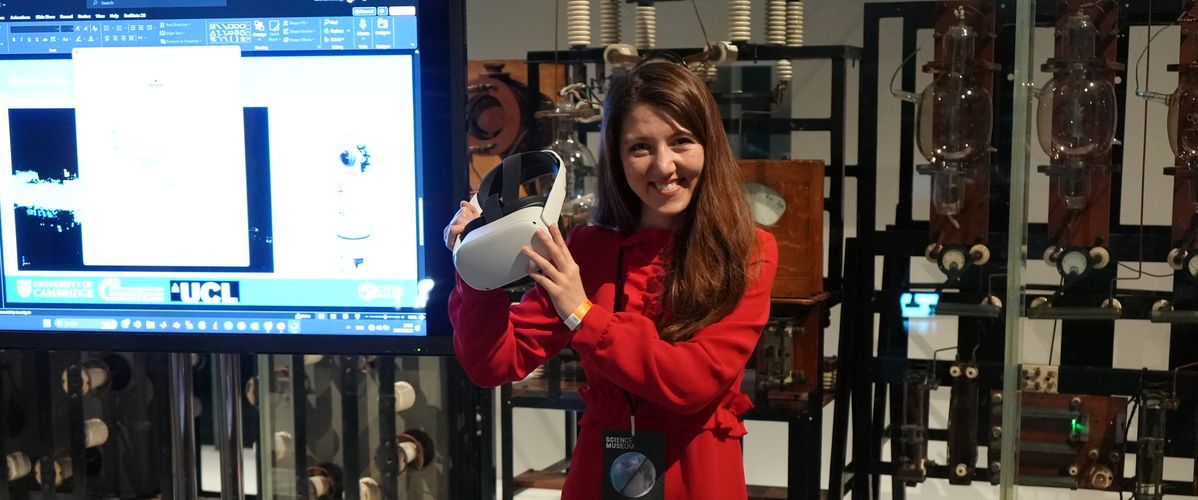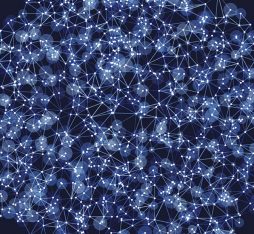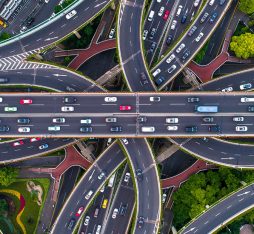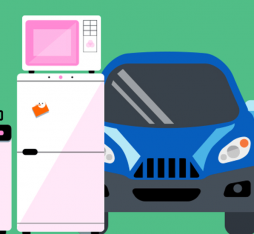• The technology displays augmented-reality, 3D images that are aligned in size and distance with real-life obstacles within the driver’s field of view.
• Developed in partnership with Google London's inclusive design team, the technology is intended to be accessible to all, enabling drivers to adjust the brightness and colours of images, and customize the information displayed according to their preferences.
Drivers have to keep their eyes on the road to minimize the risk of unexpected incidents or accidents. Some obstacles, however, are invisible. Checking for their presence on a Tesla touchscreen, for example, diverts attention away from the road at what could be a critical time. The solution invented by Jana Skirnewskaja uses data and 3D laser projection to create augmented-reality, 3D images of obstacles that are beamed directly into drivers’ eyes: a breakthrough that overcomes some of the difficulties associated with head-up displays that make use of 2D projections on a dark band at the lower edge of the windscreen. “They inevitably pose problems with regard to distraction and visibility, because they take drivers’ attention away from the road,” explains the Engineering PhD student from the University of Cambridge. Alternative displays that project directly onto transparent areas of the windscreen also raise issues, starting with poor visibility. “You have to put a film on the glass, which is in fact illegal.”
The LiDAR collects point clouds that define the contours of obstacles, which can then be shown by the augmented reality display
A revolutionary display device
“Most devices that display obstacles on screens in cars do so in 2D. By displaying them in 3D, we can make drivers aware of their dimensions. And this can be done with low-power laser projection which creates holograms with an unprecedented level of realism,” explains the researcher. The system developed by Skirnewskaja makes use of a LiDAR sensor to capture the silhouettes of objects and people in the surrounding environment. “Most accidents happen when a driver can’t see things properly, for example, street signs that are obscured by trees, or a cyclist who may be out of view behind a behind a truck.” The LiDAR sensor collects point clouds that define the contours of obstacles in 3D, which can then be represented in augmented reality. To test the device, the research team surveyed two streets in London and identified five major obstacles. “In the future, the device will be able to operate in any location and in real time, once we provide it with a trained machine learning model and an integrated graphics processor, which will automatically identify the nature of the obstacles.”
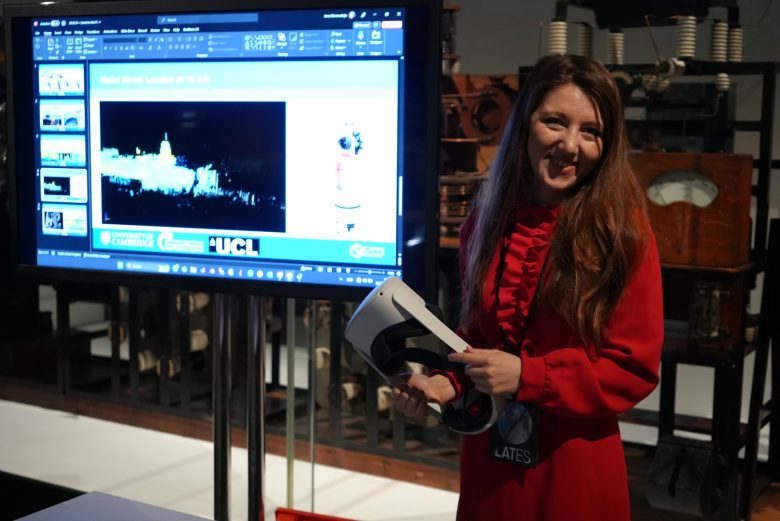
At an interactive exhibition at the Science Museum in London organized by the researchers, data collected in the streets of the British capital was shown in a virtual reality headset. The team also presented a laser demonstration to illustrate the use of their technology in head-up displays.
An inclusive technology
Today’s advanced vehicles like Tesla cars still make use of cameras, and not 3D technologies like LiDAR sensors, to detect hazards, which limit the scope of the information they can display. “With several integrated LiDARs, for example, on the roof, at the front and at the back of a vehicle, the information they collect can be combined to create a comprehensive overview of the environment,” points out Jana Skirnewskaja. The researcher is also working in collaboration with the inclusive design team at Google London. “Inclusivity is very important to us. We want to make technology that is accessible to everyone. Today’s manufacturers don’t necessarily take into account the various pathologies that may affect drivers; not everyone has the ability to correctly see what’s displayed on a windshield projection.” The technology developed by Skirnewskaja and her team enables drivers to adjust the luminosity and colours in laser projections, which can also be tailored to meet specific requirements. “The information displayed can also be configured, for example, to show only one obstacle at a time or several obstacles at once, depending on the driver’s preferences.”
LiDAR, which stands for “Light Detection and Ranging”, is a remote measurement technique that uses the light from a laser to determine the physical properties of an object.
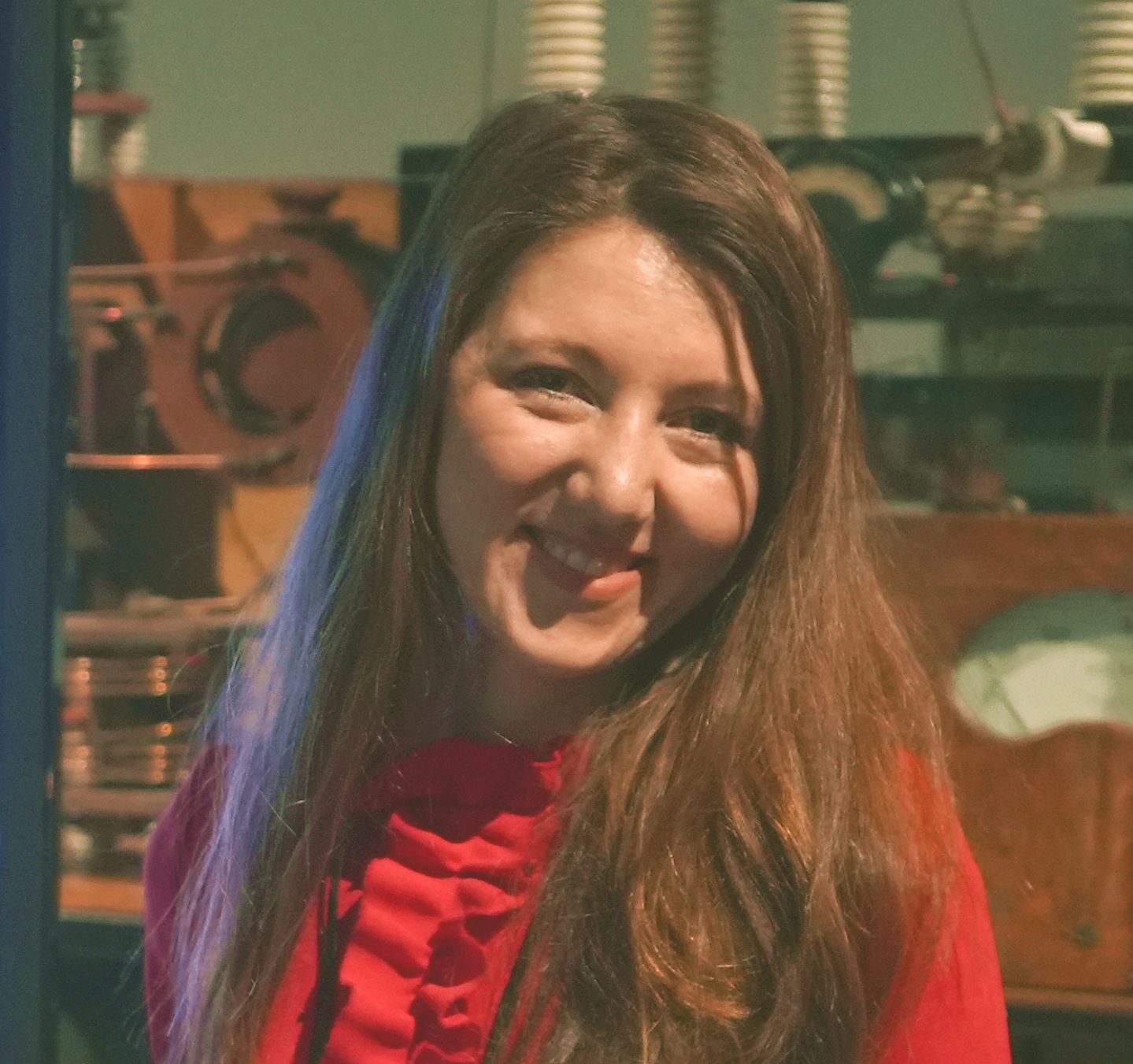 Jana Skirnewskaja
Jana Skirnewskaja

